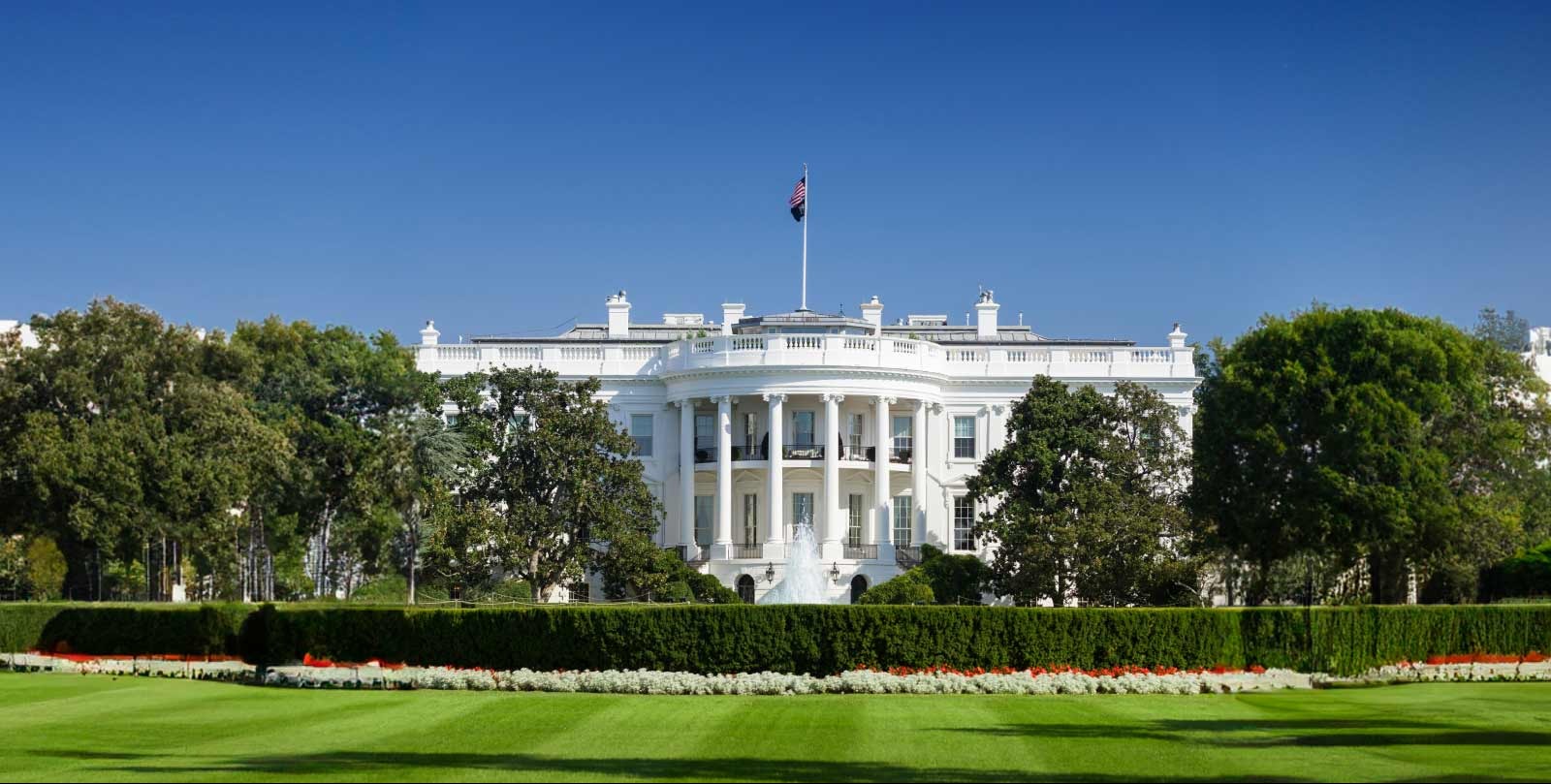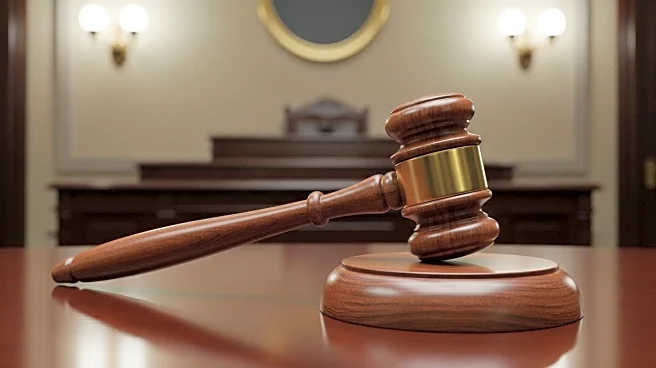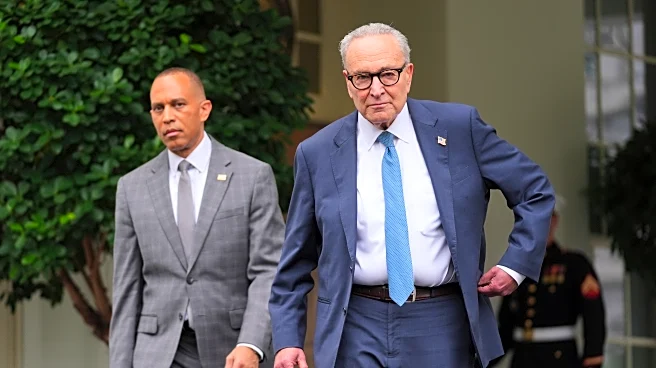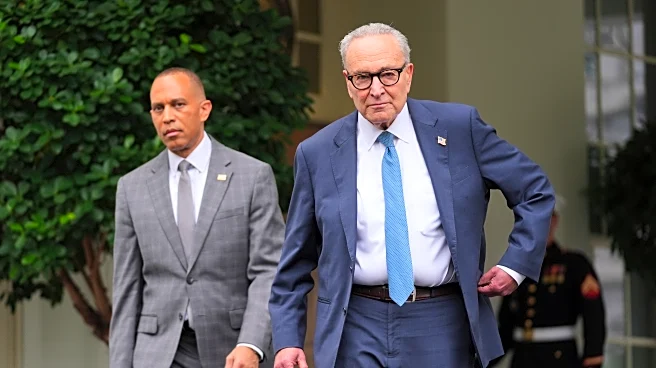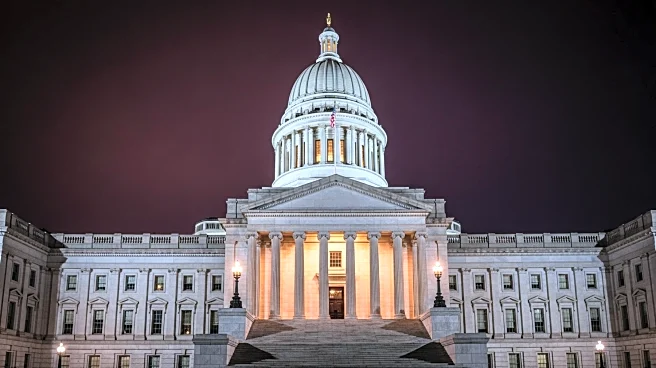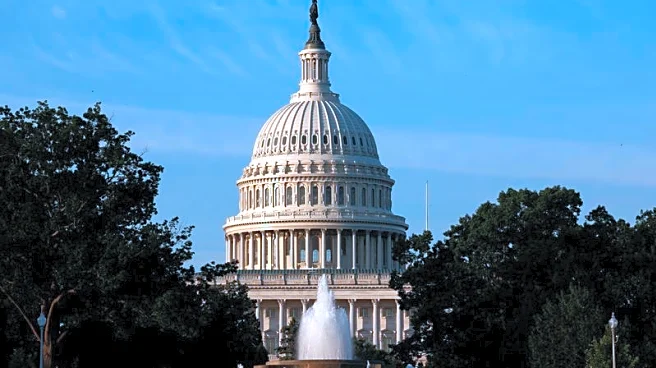What is the story about?
What's Happening?
The U.S. government is on the brink of a shutdown as congressional leaders and President Trump failed to reach an agreement on funding. The meeting at the White House on Monday ended with little progress, leaving the government at risk of shutting down by October 1, 2025. The deadlock stems from disagreements between Republicans and Democrats over budget allocations and policy priorities. This impasse highlights the ongoing challenges in achieving bipartisan cooperation in Washington.
Why It's Important?
A government shutdown could have widespread implications, affecting federal employees, government services, and the broader economy. Essential services may be disrupted, and federal workers could face furloughs or delayed pay. The political stalemate underscores the difficulties in governance and the potential for significant economic and social consequences if a resolution is not reached. Stakeholders across various sectors are closely monitoring the situation, as prolonged uncertainty could impact business operations and public confidence.
What's Next?
If no agreement is reached, the government will shut down, leading to immediate impacts on federal operations. Political leaders may face increased pressure from constituents and interest groups to find a compromise. The situation could also influence upcoming elections, as voters assess the effectiveness of their representatives in managing government affairs. Continued negotiations are expected, with both parties needing to make concessions to avoid further disruption.
AI Generated Content
Do you find this article useful?



